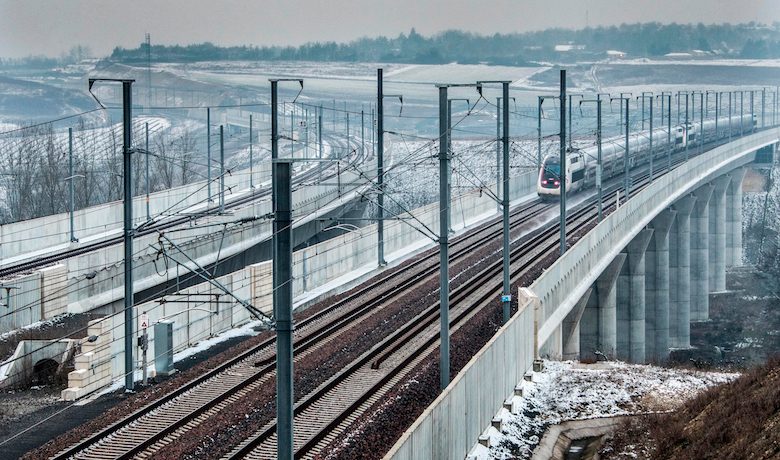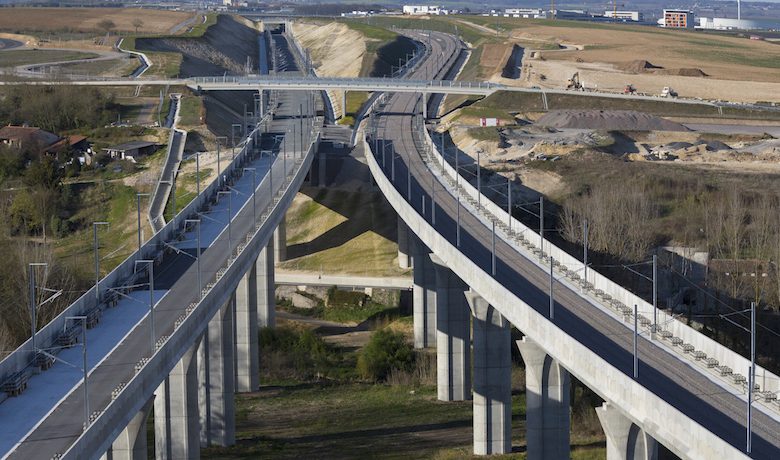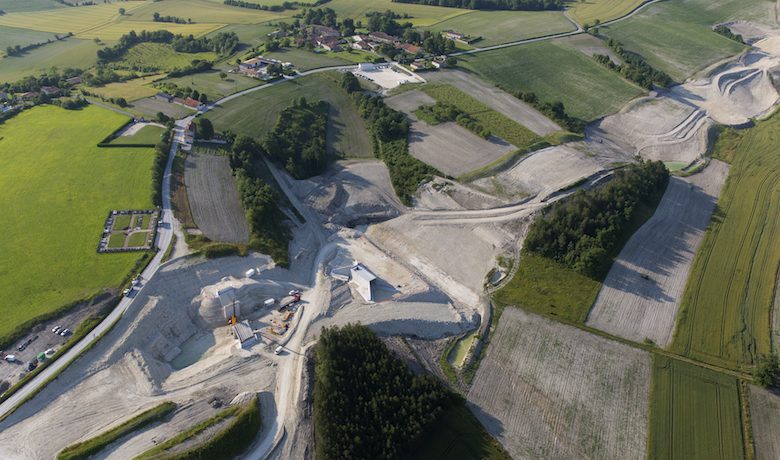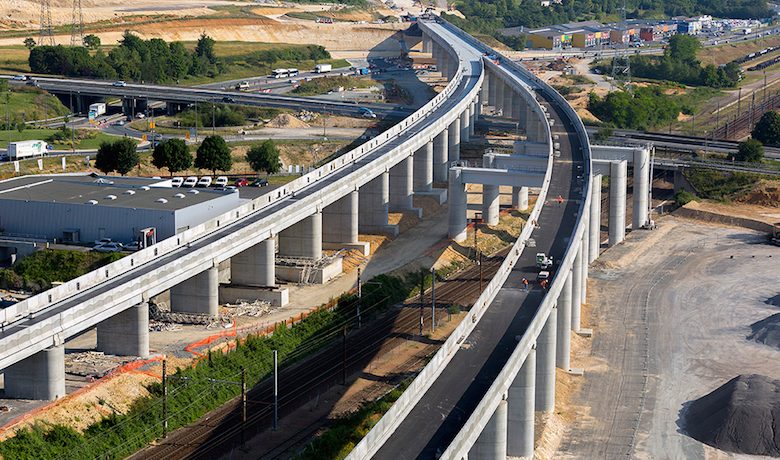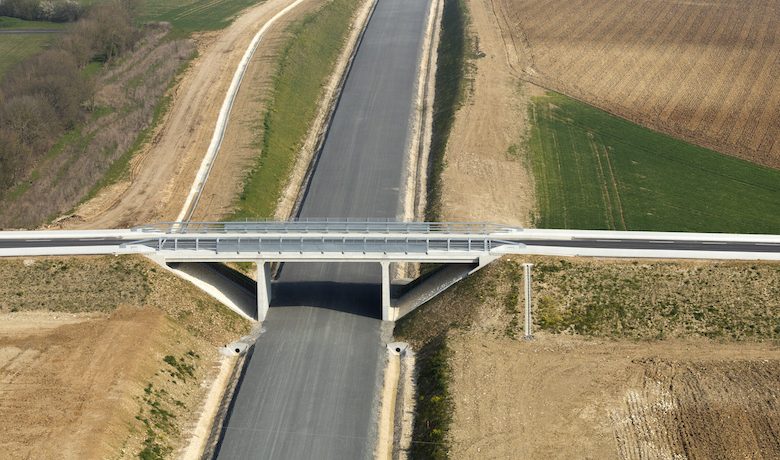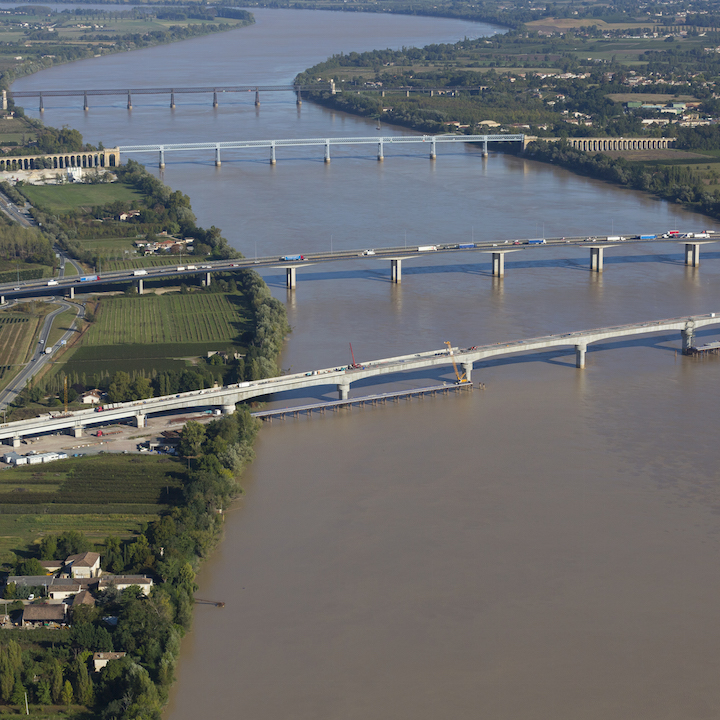BACKGROUND
The project’s ambitious objective was to build a 302-kilometre high-speed rail line linking Tours and Bordeaux, along with 38 kilometres of connections between the new rail line and the existing conventional line. The line, which crosses fourteen Natura 2000 sites where 223 protected species have been surveyed, is considered a major development project since it is designed to contribute to development along the Atlantic seaboard. The project is designed, on the one hand, to improve connections between major cities such as Tours, Poitiers, Angoulême, and Bordeaux as well as more remote areas, and, on the other, to connect the region with European capitals. This is the largest public-private partnership project ever undertaken in the railway sector in France and one of the largest infrastructure initiatives ever carried out in Europe. Following the six years required to design and build this rail line, which crosses 113 communes, six departments, and three regions, Bordeaux is a mere two-hour-and-five-minute journey from Paris.


